When your prescription switches from the brand-name drug you’ve been taking to a cheaper version, it’s normal to feel uneasy. What if it doesn’t work the same? What if something changes in how you feel? The truth is, if you’re being switched to an authorized generic, you’re getting the exact same medicine-just without the brand name on the bottle.
What Exactly Is an Authorized Generic?
An authorized generic isn’t just another generic drug. It’s the brand-name drug made by the same company, in the same factory, using the same ingredients and process-but sold under a different label. Think of it like a store-brand soda that’s made in the same plant as Coca-Cola. Same formula. Same taste. Same packaging, except the logo is gone. The FDA tracks these in its Orange Book and requires manufacturers to report them. About 20-25% of brand-name drugs with generic competition have an authorized generic version. These aren’t knockoffs. They’re the real thing, just cheaper.Why Switch? It’s About Cost-Big Time
Brand-name drugs can cost $200, $300, even $500 a month. Authorized generics often drop that price by 15-30%. For people on Medicare Part D or private insurance, that’s a $15-$30 savings per prescription. Over a year? That’s hundreds of dollars back in your pocket. Insurance plans push authorized generics because they’re cheaper. In fact, 80-90% of prescriptions for drugs with an authorized generic get automatically switched at the pharmacy. You won’t even be asked-you’ll just get the new bottle.How to Know If It’s Really an Authorized Generic
Not every generic is an authorized generic. Some are made by third-party companies that had to prove they’re bioequivalent. But authorized generics? They’re the original drug with a new label. Here’s how to check:- Look at the pill. If it looks exactly like your brand-name pill-same color, shape, imprint-it’s likely an authorized generic.
- Check the bottle. The manufacturer name might be the same as the brand’s (e.g., Pfizer, AbbVie). If it is, that’s a strong clue.
- Go to the FDA’s website and search their quarterly list of authorized generics. Type in your drug name. If it shows up, you’re getting the real deal.
What If the Pill Looks Different?
Sometimes, even authorized generics look different. Why? Because the brand company might use a different color or shape for the generic version to avoid confusion in the supply chain. That doesn’t mean it’s not the same drug. A 2022 study found that 65% of patient questions about authorized generics were about appearance-color, size, markings. Pharmacists hear this all the time. The answer is always the same: “It’s the same medicine. The outside changed. The inside didn’t.” If you’re worried, ask your pharmacist to show you the manufacturer name and FDA listing. Most will pull up the info right away.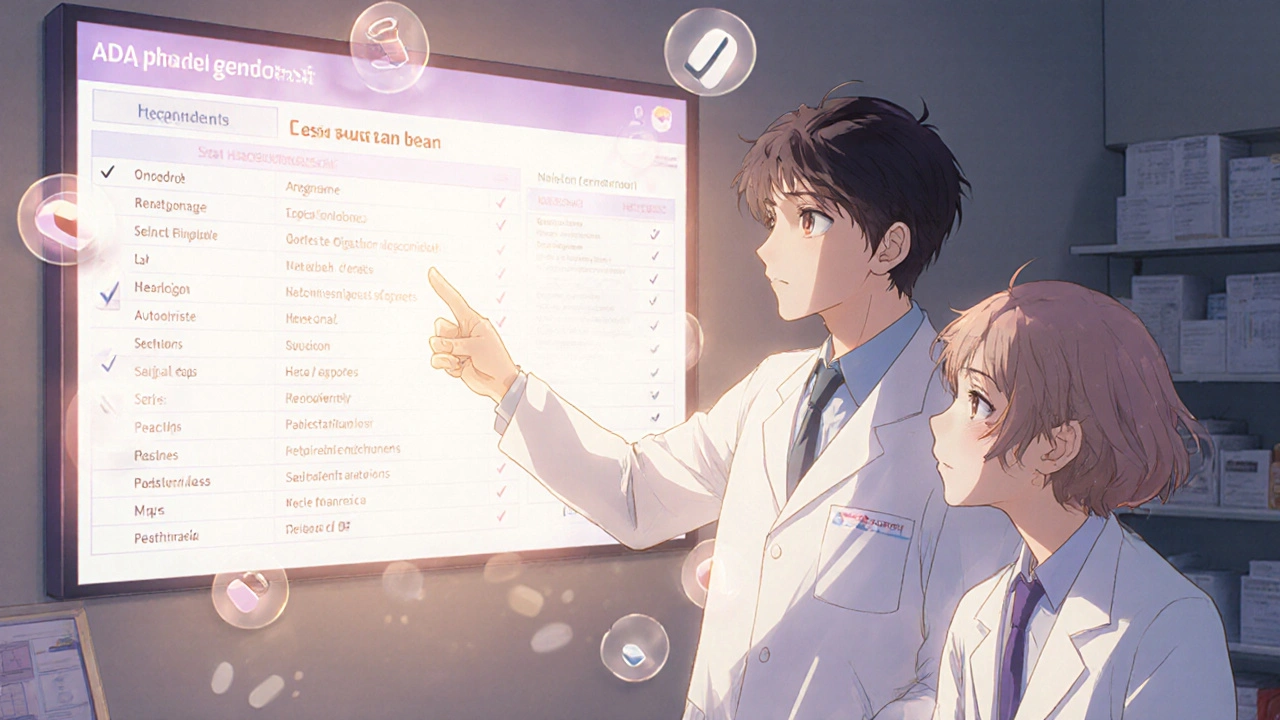
Insurance and Prior Authorization
Most insurance plans will automatically switch you to the authorized generic. But if you’re on a specialty medication-like for rheumatoid arthritis, MS, or high-cost cancer drugs-you might need prior authorization. Here’s what to do:- Call your insurer before your refill. Ask: “Is there an authorized generic for this drug? Will it be covered without extra steps?”
- If your doctor prescribes the brand, but the pharmacy wants to switch, ask them to note “do not substitute” on the script. You can always change your mind later.
- If your plan denies coverage for the authorized generic, appeal. Most will approve it once you show it’s listed as an authorized generic by the FDA.
Will It Work the Same?
Yes. Studies show no difference in how well authorized generics work compared to the brand. A 2018 study in the National Center for Biotechnology Information tracked patients switching from brand to authorized generic. They found no increase in hospital visits, no drop in adherence, and no change in symptom control. People with chronic conditions-like high blood pressure, diabetes, or depression-switched without issues. Their blood pressure stayed stable. Their mood didn’t dip. Their cholesterol didn’t spike. The reason? Same active ingredient. Same inactive ingredients. Same manufacturing process. No shortcuts.What About Side Effects?
Side effects from authorized generics are nearly identical to the brand. If you had stomach upset, dizziness, or fatigue with the brand, you might feel the same with the authorized version-because it’s the same drug. But if you’re sensitive to certain fillers or dyes, you should still check the label. Authorized generics use the same inactive ingredients as the brand. That’s the whole point. If your brand used lactose or FD&C Yellow No. 5, so does the authorized generic. If you’ve had allergic reactions to fillers in the past, talk to your pharmacist. They can verify the exact ingredients.When Do Authorized Generics Come Out?
Brand companies often wait until their patent expires to launch an authorized generic. But sometimes, they do it during the 180-day window when the first generic competitor has exclusive rights. That’s when prices drop the most. The FTC found that when an authorized generic enters during that exclusivity period, retail prices fall 4-8% more than if only one generic were available. That’s why timing matters. If you’re waiting for a price drop, check the FDA’s list monthly.
How to Talk to Your Doctor
Your doctor doesn’t need to prescribe the authorized generic. They just need to write the brand name. The pharmacy will handle the switch. But if you’re nervous, say this: “Can we check if there’s an authorized generic for this? I want to make sure it’s the same drug, just cheaper.” Most doctors know about them. Many have patients who switched and saved hundreds a year.What If You Don’t Like It?
You’re not stuck. If you feel different after switching-even if it’s just anxiety-you can ask to go back to the brand. Your pharmacist can dispense it if you request it, and your doctor can write “dispense as written” on the prescription. But give it a full cycle. Sometimes, people think they feel worse because they expect to. If you’re still unsure after 30 days, talk to your provider. Don’t stop the medication.Where to Find Reliable Info
The FDA’s quarterly list of authorized generics is your best tool. It’s free, updated, and official. You don’t need a login. Just search by drug name. Also, check your pharmacy’s app. Many now flag authorized generics with a special icon or note. If you see “AG” next to your drug, that’s the code for authorized generic.Bottom Line: It’s Safe, It’s Legal, It’s Smart
Switching from brand to authorized generic isn’t a compromise. It’s a smarter way to pay less without losing quality. The medicine is the same. The results are the same. The only difference? Your wallet. Millions of people in the U.S. and Australia have made this switch. No one’s lost effectiveness. No one’s had unexpected reactions. The only thing that changed? The price tag. If your prescription just switched, don’t panic. Check the label. Compare it to the FDA list. Talk to your pharmacist. You’re not getting a second-rate drug. You’re getting the same one, at a better price.Is an authorized generic the same as a regular generic?
No. A regular generic must prove it’s bioequivalent to the brand, but it can be made by a different company with different inactive ingredients. An authorized generic is made by the brand company itself, using the exact same formula, ingredients, and factory. It’s the same drug, just sold under a different label.
Can I trust an authorized generic if it looks different?
Yes. Authorized generics sometimes change color, shape, or imprint to avoid confusion in the supply chain, but the active ingredients and dosage are unchanged. The FDA requires them to be identical in effectiveness. If you’re unsure, ask your pharmacist to show you the manufacturer name and FDA listing.
Will my insurance cover an authorized generic?
Almost always. Most insurance plans require you to use the authorized generic if it’s available because it’s cheaper. In fact, 80-90% of prescriptions for drugs with an authorized generic are automatically switched at the pharmacy. You usually won’t need to do anything.
How do I know if my drug has an authorized generic?
Go to the FDA’s website and search their quarterly list of authorized generics. Type in your drug’s name. If it appears, your pharmacy can dispense the authorized version. You can also ask your pharmacist-they often have access to this list through their system.
Can I switch back to the brand if I don’t like the authorized generic?
Yes. If you feel different after switching, ask your pharmacist to refill the brand-name version. Your doctor can write “dispense as written” on the prescription to prevent automatic substitution. Most insurers will still cover it, though you may pay more out-of-pocket.

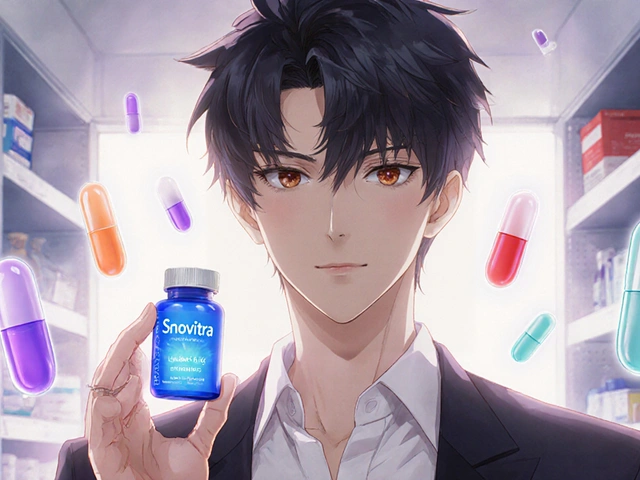
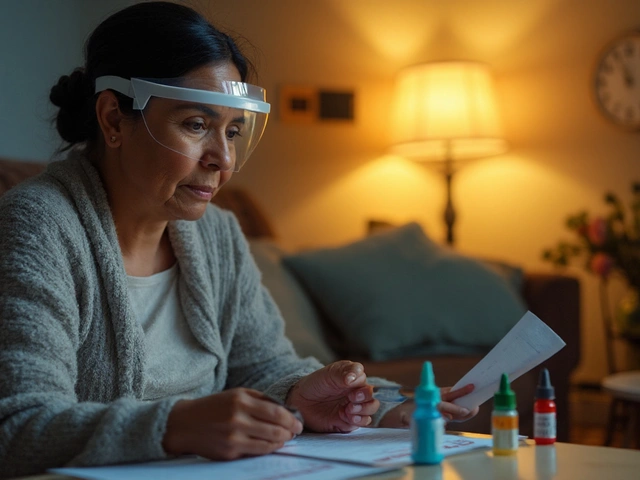
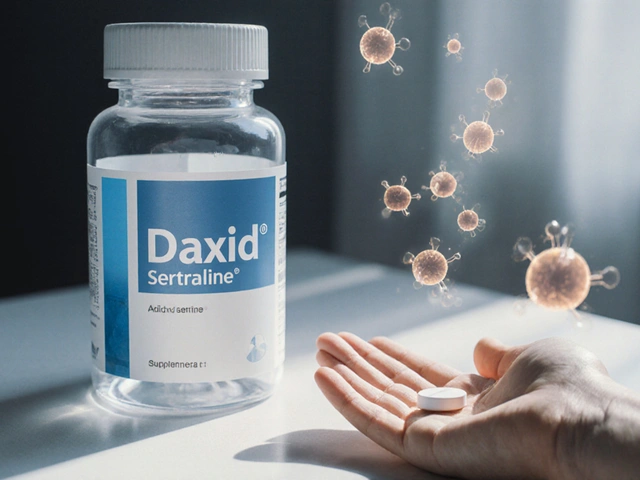


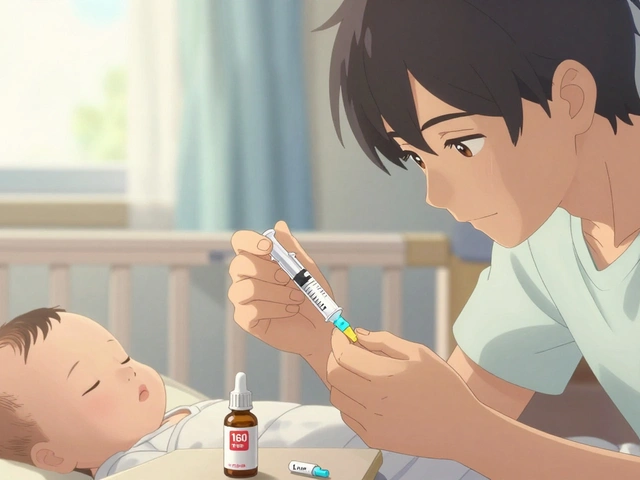


Shawn Daughhetee
Just got switched to the authorized generic for my blood pressure med last month. Thought I’d feel weird, but nope. Same pill, same results. Saved me $22 a month. My wallet thanks you, FDA.
Holly Schumacher
Let me just say this with the precision of a surgical scalpel: the FDA’s Orange Book is not a suggestion-it’s gospel. And yet, people still panic because the pill is now blue instead of green? Please. The inactive ingredients are identical. The active ingredient is identical. The manufacturing process is identical. This isn’t ‘generic’-it’s the exact same drug with a different label. If you’re having psychological side effects, maybe you need a therapist, not a new prescription.
And before you say ‘but my cousin’s neighbor’s dog had a bad reaction’-no, they didn’t. They just thought they did because they read a Reddit thread. The science is settled. The data is clear. The FDA doesn’t lie. The brand companies don’t lie. Your fear is the only thing changing here.
Also, if your insurance auto-switches you? Good. That’s the system working. Stop fighting it. You’re not being robbed-you’re being rationalized. And if you’re still skeptical? Go to the FDA website right now. Type in your drug. See the manufacturer. See the code. See the truth. Then come back and tell me you’re still scared.
I’ve been doing this for 17 years. I’ve reviewed over 300 authorized generic switches. Zero clinical deviations. Zero adverse events attributable to the switch. Zero. Not one. Your anxiety is not a medical condition. It’s a marketing side effect.
And if you’re still reading this? You’re probably the person who’s going to call your pharmacist at 11 PM asking if the pill is ‘the real thing.’ Spoiler: it is. Now go to bed.
Michael Fitzpatrick
I’ve been on an authorized generic for my cholesterol med for about a year now, and honestly? I didn’t even notice until my pharmacy receipt showed a $40 savings. I just kept taking it like normal. The pill looks a little different, sure, but my numbers haven’t budged. I think a lot of people freak out over the label change because they’re not used to it, not because there’s anything wrong with it. It’s like switching from a branded cereal to the store version-you know it’s the same stuff, you just have to get used to the box.
Also, I love how the article mentioned that pharmacists hear this all the time. I’ve had mine pull up the FDA list on her tablet and show me the exact same manufacturer name as the brand. That’s when I relaxed. Sometimes you just need to see the proof in front of you.
And honestly? I’m glad insurance pushes these. My premiums are lower because of it. It’s not a compromise-it’s just smarter. We all win.
Miruna Alexandru
There’s an epistemological crisis here, and no one’s naming it. We’ve been conditioned to equate brand with quality, and generic with inferiority-even when the data refutes it. The authorized generic is the ultimate deconstruction of pharmaceutical branding: the same substance, stripped of its mythic aura. The pill doesn’t care if it says ‘Lipitor’ or ‘atorvastatin’ on the label. Your body doesn’t care. Only your psyche, trained by decades of advertising, does.
But here’s the irony: the very system that profits from branding is the same one that produces the authorized generic. Pfizer doesn’t lose money by selling the same drug under a different name-they gain market share and patient compliance. The real villain isn’t the generic. It’s the illusion of difference.
And yet, we cling to the logo like a security blanket. We fear the unknown, even when the unknown is identical to the known. This isn’t about medicine. It’s about identity. We don’t just take pills-we take stories. And the authorized generic? It’s the story that refuses to be told.
Justin Daniel
Just wanted to say-this post was actually super helpful. I’ve been nervous about switching for years, mostly because I didn’t know how to check if it was legit. Now I know to look at the manufacturer name and check the FDA list. Also, the bit about the pill looking different? That was a game-changer. I thought mine was fake because it was orange instead of white. Turns out, it’s the same thing. Thanks for not making me feel dumb for asking.
Also, side note: my pharmacist gave me a sticker that says ‘AG’ on the bottle. I didn’t even know that was a thing. Now I look for it. It’s like a little secret handshake with the system.
Melvina Zelee
ok so i switched to the ag for my antidepressant and honestly i thought i was gonna feel like a zombie or something but nope. same. just cheaper. also i cried when i saw the price drop because i was so stressed about affording it. thank you for writing this. i feel less alone now. ps i spelled 'generic' wrong in my notes for like 3 months and still do it. forgive me.
steve o'connor
Love this. I’m from Ireland and we’ve had authorized generics for years here-no drama, no panic. People just take them. The system works. It’s not magic, it’s just good policy. The fact that the U.S. still has to explain this like it’s revolutionary is kinda wild. But hey, at least you’re getting there.
ann smith
This is such a helpful, clear guide 💙 I’ve been terrified to switch for years, but now I feel empowered. Thank you for explaining the FDA list-I just checked mine and it’s there! I’m going to my pharmacy tomorrow to ask for the AG. You’ve made me feel less alone in this. Sending you a virtual hug 🤗
Julie Pulvino
Just read this after my med switched. I was about to call my doctor to complain, but now I’m just… calm? Like, wow. I didn’t realize how much I was letting the packaging scare me. I checked the FDA list and yep-same manufacturer. Same everything. I’m gonna give it a full month before I decide anything. But honestly? I feel way better already just knowing the truth.